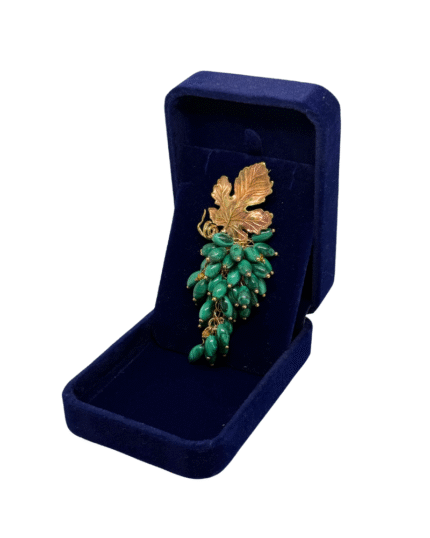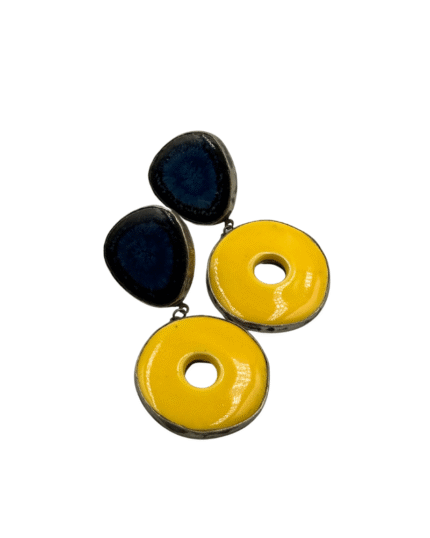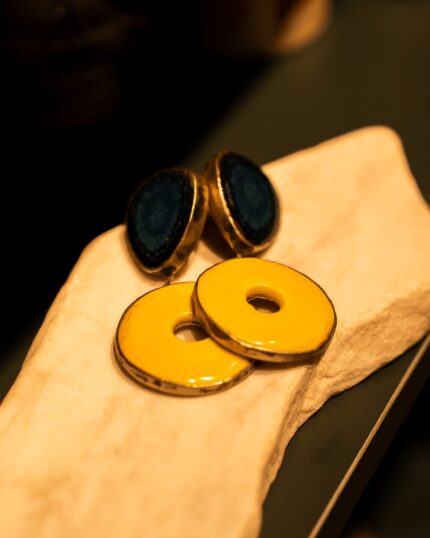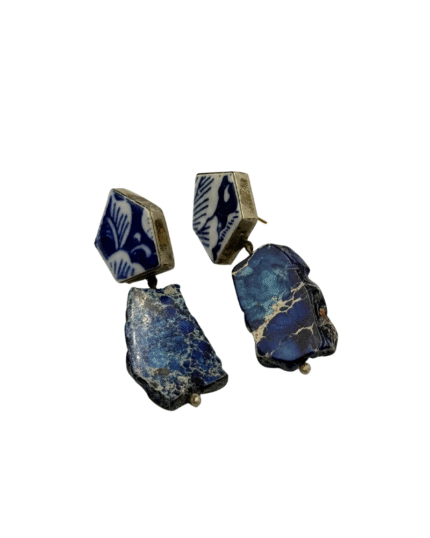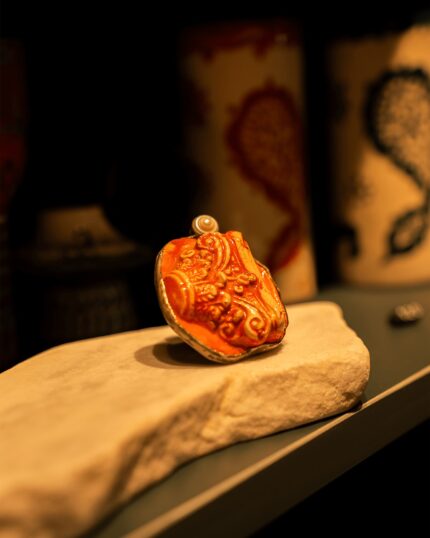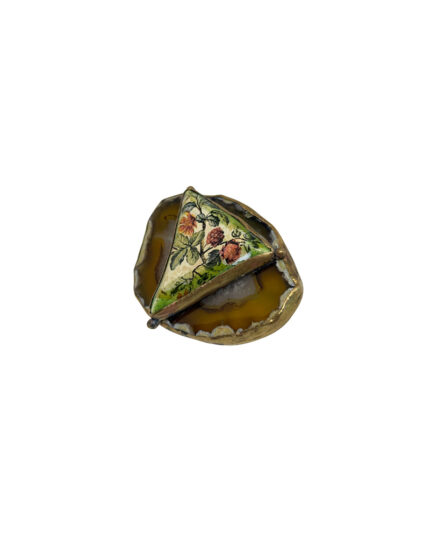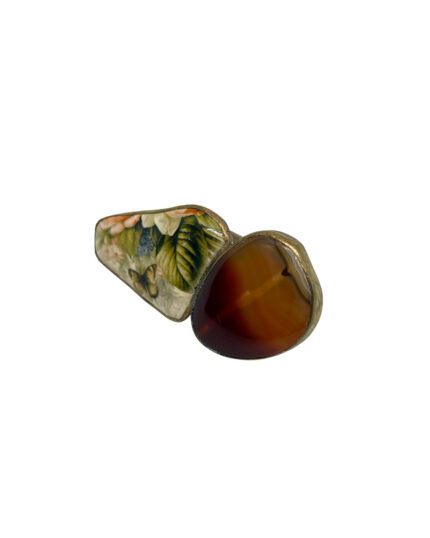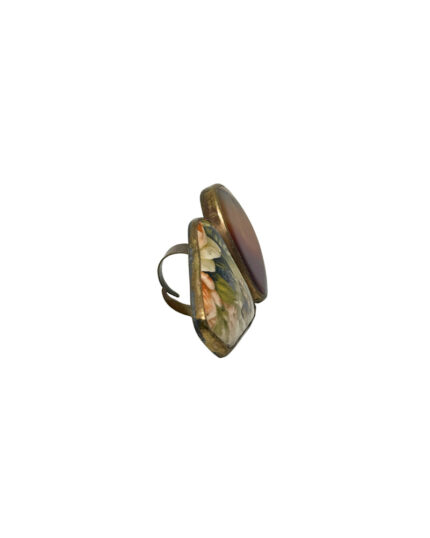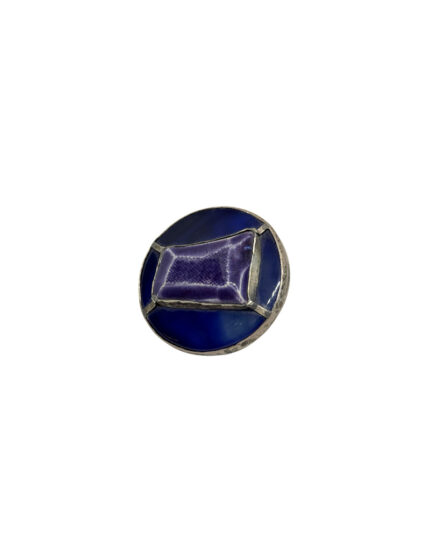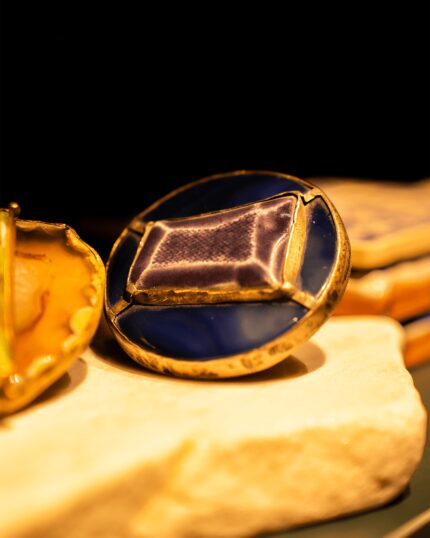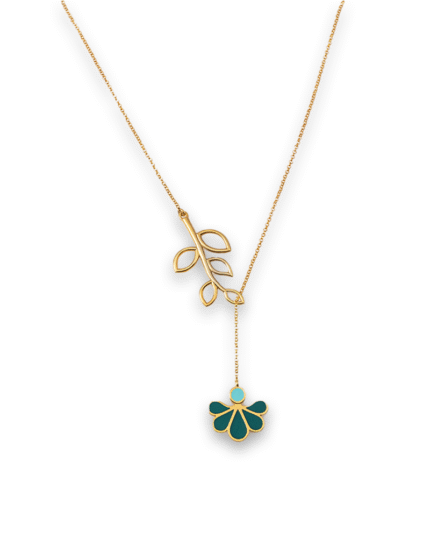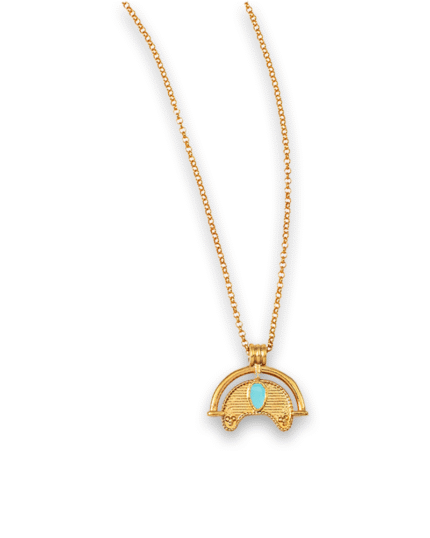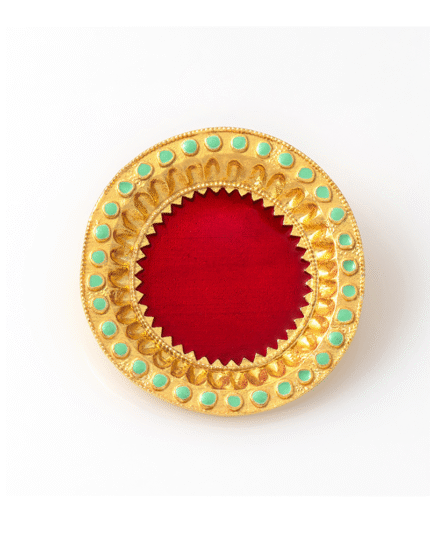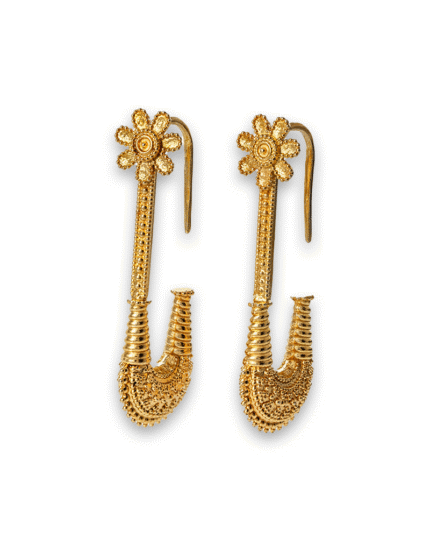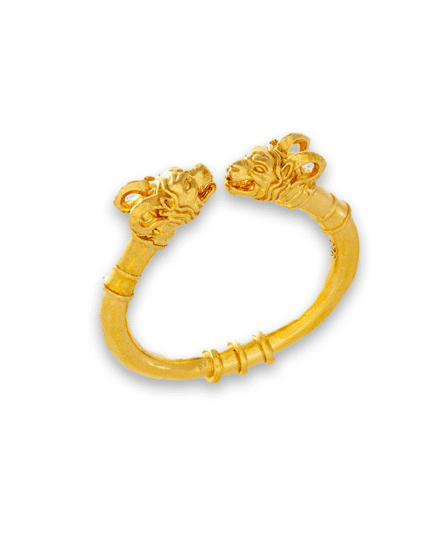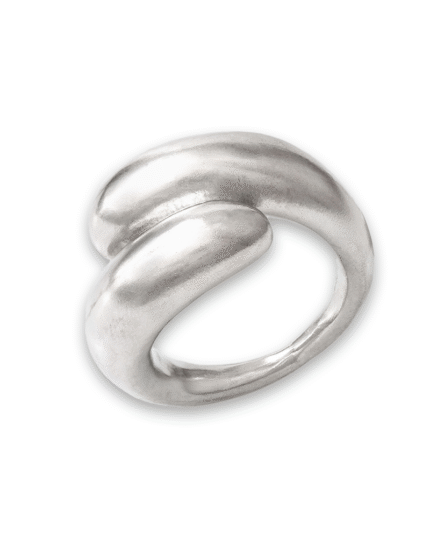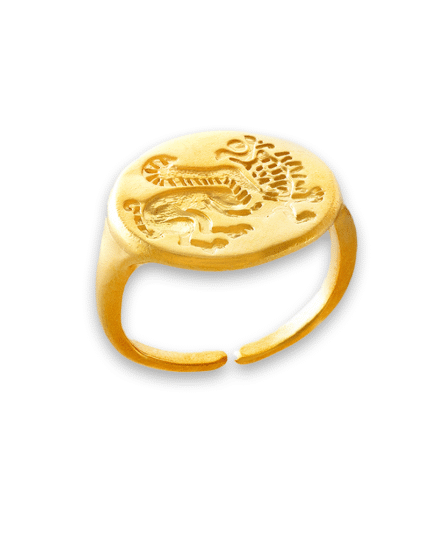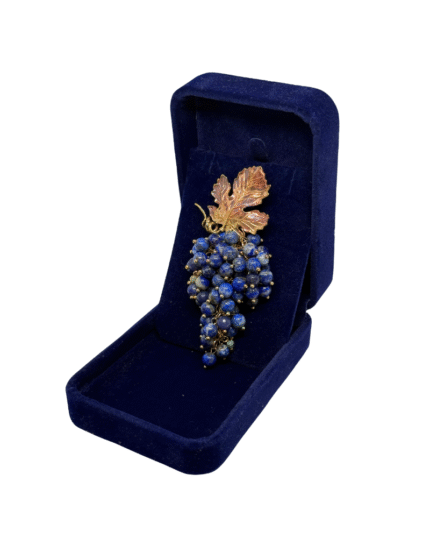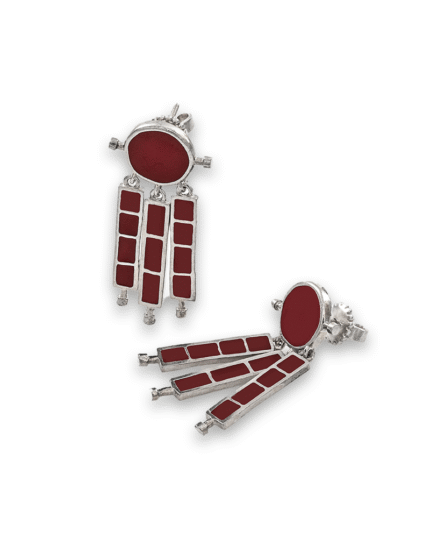Georgian Jewelry
The Historical Fabric of Georgian Jewelry
The origins of Georgian jewelry can be traced back thousands of years, to the Bronze Age cultures of Colchis and Iberia between 2000 and 500 BC. Archaeological discoveries in Vani and Trialeti reveal the extraordinary skills of early Georgian goldsmiths. The famed Trialeti Cup, dating to the 2nd millennium BC, demonstrates advanced techniques such as granulation and filigree, techniques that would later become hallmarks of Georgian artistry. During the Georgian Golden Age (11th–13th centuries), jewelry-making flourished with the introduction of cloisonné enamel, best seen in the Khakhuli Triptych, an 11th-century masterpiece of metalwork and vibrant religious iconography
Distinctive Elements of Traditional Georgian Jewelry
Georgian jewelry is rich in symbolism as well as beauty, featuring motifs like the Borjgali sun for eternity, the Tamada for hospitality, and grapes for the country’s winemaking tradition. Flowers, doves, and vines express themes of life and abundance, while materials such as high-karat gold, silver, and colorful stones like turquoise, garnet, and pearl add depth. Cloisonné and champlevé enameling remain the defining techniques, giving Georgian jewelry its vibrant, distinctive character.
Popular Types of Georgian Jewelry
Rings have long been central to Georgian jewelry, from ancient signet rings to acrostic designs spelling hidden messages of love. Earrings, often adorned with turquoise or coral for protection, range from medieval enamel drops to elaborate Georgian-era gemstone settings. Brooches, shaped like flowers, birds, suns, or grape clusters, carried both decorative and symbolic meaning, celebrating Georgia’s winemaking heritage. Today, enamel brooches remain cherished souvenirs.
The Georgian Era: Jewelry of the 18th and 19th Centuries
While Georgia had its own rich jewelry tradition, “Georgian jewelry” also refers to the European style from 1714–1837, during the reign of George I–IV. Handmade using repoussé and cannetille, these pieces featured gemstones like garnets, rubies, emeralds, and diamonds set to maximize sparkle. Symbolism was key, with rings spelling hidden messages and serpents representing eternal love. Many originals were later melted down, making authentic Georgian-era jewelry rare and highly sought after.
Contemporary Georgian Jewelry: A Fusion of Tradition and Modernity
Today, Georgian jewelry continues to evolve, seamlessly blending tradition with innovation. Contemporary designers reinterpret classic techniques, such as cloisonné enamel, in modern and imaginative ways. This fusion of heritage and contemporary design has gained international recognition, with Tbilisi Fashion Week providing a prominent platform to showcase these creations. Global fashion publications increasingly highlight how Georgian artisans combine centuries-old craftsmanship with avant-garde aesthetics.
- Where can you find the best pieces of Georgian jewelry?
For visitors, Georgian jewelry is not only a fashion statement but also a cultural experience. The Georgian National Museum in Tbilisi houses treasures ranging from the Bronze Age to medieval masterpieces, offering an unparalleled look at the country’s goldsmithing heritage.
- Where can you buy Georgian jewelry?
Some of the best places to purchase Georgian jewelry are Tbilisi’s Old Town and Gold Market Tbilisi. For those looking to shop online, ge is a trusted platform offering a curated selection of traditional and contemporary Georgian pieces.
- Is Georgian jewelry made sustainably?
Many modern Georgian artisans use locally sourced materials and traditional handcrafting methods that reduce environmental impact. This sustainable approach preserves ancient techniques while appealing to eco-conscious buyers.

